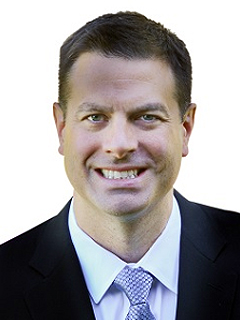Being digital in thought, word, and deed
Digital transformation in Human Resources is all about addressing the talent imperative

Supporting the HR organizational structure includes having the right HR technology in place—so it makes sense that automating HR service delivery was identified by 39 percent of HR leaders in our, The future of HR: From flux to flow survey, as one of the most important issues of focus.1 Likewise, delivering digital technology into HR beyond the core HR system of record was a priority for 39 percent, and re-designing labor supply and demand (e.g., through automation) was a priority for 17 percent.2
Our survey also found that of the technology that has been implemented in recent years, productivity was the top outcome for 34 percent, followed by work-life balance for 28 percent.3 Looking ahead, our respondents still think productivity will prevail (49 percent), and again followed by work-life balance (21 percent).4
Digital transformation is all about addressing the talent imperative on the minds of many organizations today—attracting, retaining, and growing top talent through exceptional and individualized workforce experiences. When adding a human-centered design component, an increased value and impact can be unlocked to help optimize experiences and talent across enterprise.
John Doel
Principal, Human Capital Advisory, KPMG LLP
Top-ranked technology impacts for the last 12 months
Top-ranked technology impacts for the next 12 months
HR has a core role to play in the entire technology strategy of the organization and how employees engage with it, as technology impacts how and where people work, their communication with peers, access to career opportunities, and more. Yet, our Pathfinders are not just implementing technology platforms for everyday benefits but are leveraging those platforms to create unique solutions to business and people challenges, and to ensure that their people can get into a “flow.”
To activate the mind shift and evolve, HR should include experiences as a formal part of their taxonomy, in addition to the traditional processes and service catalogs. This new human-centered design and experience focus also needs to shift how HR thinks about their operating model, capabilities, and technology investments.
What can be learned from Pathfinders about becoming digital in thought, word, and deed? Here are some reflections to consider in light of our Pathfinders’ insights:
1
2
3
4
5
6
7
For further reading, download the full report: The future of HR: From flux to flow
Footnotes
1, 2, 3, 4 KPMG, The future of HR: From flux to flow, November 2022
Explore more
Meet our team


